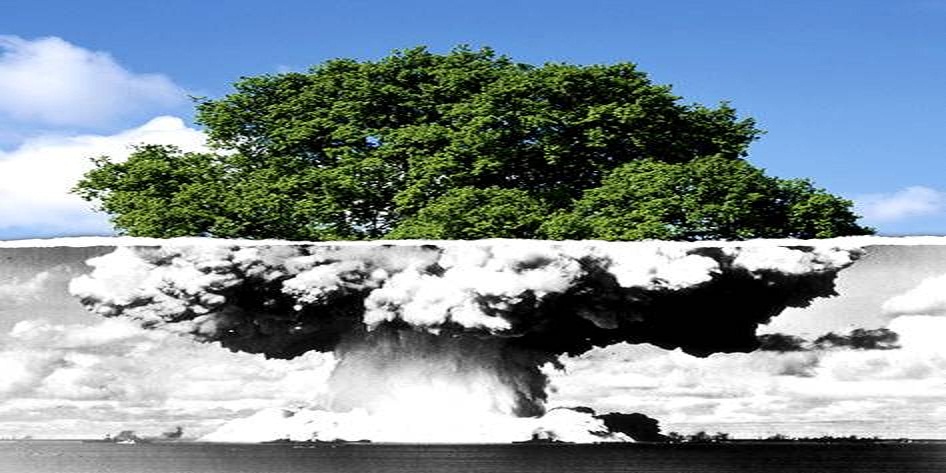
Exploration consists of identifying new exploitable uranium deposits. This is carried out in successive stages. Once a deposit has been discovered, it is necessary to verify its technical, economic and environmental viability.
URANIUM ORE: A PRECIOUS RESOURCE
Natural uranium is a hard, gray metal that is very dense. It contains 2 main isotopes:
- U 238 at 99%, non-fissile
- U 235 at 0.7%, fissile
In nature, it is relatively widespread in the earth's crust (3 grams per metric ton on average), along with other chemical bodies in the form of ore. Currently exploited deposits contain 100 grams to 10 kilograms of uranium per metric ton of extracted ore. Some exceptionally rich deposits can contain up to 100 kilograms per metric ton of ore.
AREVA's mining activities start with an exploration phase that uses special prospection techniques to identify new deposits of exploitable uranium before actual operations begin.
EXPLORATION: A LONG-TERM ACTIVITY
Exploration can last a long time, at high cost. It can last between 10 and 15 years and require up to 50 million euros of investment.
Exploration is performed in successive stages, with the search being progressively refined according to a strict methodology:
- Geological study of the region
- Interpretation of aerial or satellite photographs
- Geophysical techniques, such as the detection of deposits by aerial radiometry (the localization of radiation emitted by uranium rock)
- Ground radioactivity measurements
- Chemical study of the ground and water, notably through boring
VERIFYING THE VIABILITY OF A MINING OPERATION PROJECT
Before the exploitation of a deposit, it is necessary to verify the technical and economic viability of the mine. A number of questions must be addressed:
- Will exploitation be profitable, given the expected market price of uranium?
- Do we have all the necessary technology? We will carry out preliminary tests to address these concerns, if needed.
- What will the impact be on the environment and on the life of local communities during and after exploitation?
The development of a mining project is carried out in close collaboration with local communities and their representative authorities. This enables us to provide the best technical, economic and environmental solution.
A CONSTANTLY ACTIVE EXPLORATION
Aside from new mining possibilities, AREVA is developing its business in countries where it has always had a presence. These include:
- Canada, where it has had a share in several ongoing projects, including the Cigar Lake mine;
- Niger, where there is a substantial probability of discovering new deposits in the uranium-rich area of Arlit. AREVA filed a number of research permit requests in 2007, 4 of which were granted;
- Kazakhstan, where start-up of the Muyunkum and Tortkuduk plants took place in 2006 and 2007, and where exploration is ongoing in order to discover fresh resources.
AREVA is also pursuing mining exploration and development programs in several countries around the world: the Central African Republic, Namibia, Mongolia, South Africa, Jordan, Gabon, Senegal, Australia, Finland and Russia.

Boring at the Imouraren site in Niger


0 comments:
Post a Comment